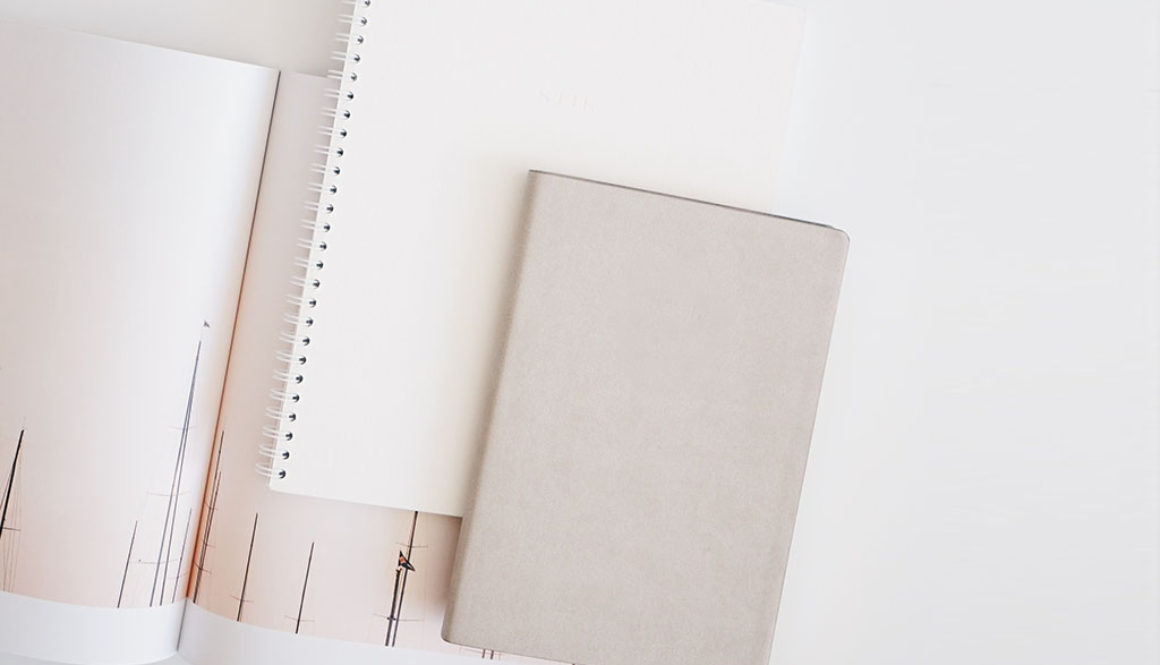5 Simple Steps to Start a Journaling Practice
I started keeping a diary since I was 8. Then, it was more about picking a pretty notebook (with a lock, no less!) that appealed to me more than the act of writing. Over the years, I’ve journaled on and off, but it wasn’t until recently, I realized that journaling has transformed my life.
But first, taking a step back… when I say journaling, I’m expanding that definition to mean more than the written word. Journaling is defined as chronicling observations, thoughts or occurrences. For me, those chronicles come in the form of writing, illustrating, photographing, or sometimes a combination of all three.
Journaling is defined as chronicling observations, thoughts or occurrences. For me, those chronicles come in the form of writing, illustrating, photographing, or sometimes a combination of all three.
A few years ago, major events threw my life into turmoil. The death of a parent, a life-threatening medical crisis in the family… and the aftermath. It was through journaling that I was able to emerge with clarity and move forward with confidence. I’ve been a true believer in the power of journaling ever since.
Getting started with journaling doesn’t have to be complicated. Don’t overthink it. Here are 5 simple steps to get started:
Bonus: you don’t need much at all to get started, and you probably already have these materials at home.

Step 1: Pick your supplies
All you really need to get started is a journal and a writing instrument. Here are some of my true and tried favorites:
Journals
- I like Leuttchurm 1917 sketchbooks as my primary journal, as it’s a big wider than the popular Moleskine notebooks. Note: the version I use contains thicker paper as I like to sketch in my journal and use markers.
- For traveling, I like the Moleskine Cahier Notebooks, and usually get them in packs of 3.
- I’m also partial to the Muji Open Notebook for its minimalist design and economical pricing.
Pens
- Pilot G2 writing pens for its smoothness.
- Sakura Micron pens for sketching. (Specifically the 0.5 and 0.3 points)
- Tombow Fudenosuke brush pens for lettering
Extras
I’ll preface by saying you absolutely do not need these supplies to start journaling but these are fun to have on hand.
- Watercolors. This travel set is super handy.
- Colored pencils. I like these but any brand will work.
- Assorted washi tape for sticking collected items/ papers.
Step 2: Designate a time and place
Is there an ideal time to journal? I like to journal in the morning. My morning ritual is sacred to me. To the point I’m willing to wake up at 5 so I can have my 10 minutes of meditation, 20 minutes of journaling, and 30-40 mins of working out before the rest of the family stirs.
Can you carve out a space for journaling? It could be a room, by the windowsill or your favorite chair. Designate the area so it will be associated with your “journaling time”.
Step 3: Get into the mindset
Remember: this is all for yourself. There is no right or wrong in journaling. I’ll say that again, this is for you, and you only. If the blank page scares you, start by doodling, glueing a receipt or ticket, or skip that first page altogether. Writing with a pencil also helps with the fear of “imperfection.”
Bonus tip: start with a small book. It feels less intimidating to start filling up the pages.
A small journal is also easier to bring on-the-go.
Step 4: Reward yourself
Associate journaling with something positive. You might want to reward yourself after a journal entry, or for completing a week’s worth of daily journaling. The reward doesn’t have to be big; it could be a decadent dessert, or a long bath. It’s a cue hat conjures a positive connection to the habit you’re trying to build, in this case, journaling.
Step 5: Have a stash of prompts ready
It can feel intimidating to start journaling if your mind draws a blank. We’ll delve deeper in separate posts, but for now, here’s some ideas to get your juices flowing:
- Pick a quote and write about it.
- Think back to yesterday. What did you do? How did it make you feel?
- Who was your best friend from school? Write about him/her/they and your friendship.
- Create lists. These could be things you enjoy, your favorite books/ shows, Top 10 gifts you’ve received, 5 skills you’ve learnt in the past 6 months etc.
- Write a letter to your younger self.
- 3 things you are grateful for. (I do this every night).
- Record your wins for the day.
There you have it. 5 simple steps to get started in the world of journaling. Start small, but start now. I promise it will be worthwhile.
“We are what we repeatedly do. Excellence, then, is not an act but a habit.”
– Aristotle

